Black Vintage Model T Speedster Race Car
The forgotten allure of the duPont Model G Speedster

For the latest classic car news, features, buyer's guides and classifieds, sign up to the C&SC newsletter here
Before the Corvette and Cobra arrived, the American sports car was a rare phenomenon whose examples could be counted on one hand.
The Mercer Raceabout is perhaps the most famous, with its unmistakeable exposed-cockpit style that had evolved from a successful racer, but through the 1920s glamorous coachbuilt tourers were the fashion for the rich and famous.
During the jazz age the two-seater seemed a superfluous idea in the land of wide-open highways
But after the Second World War, Paul du Pont was determined to fulfil his dream to build America's fastest and finest car.

In Wilmington, on the banks of the Delaware River, his factory switched from marine engineering to small-scale luxury automobile production with a series of distinctive machines.
Supported by wealthy relatives, he recruited a talented team including ex-Mercer sales manager William Smith and John A Pierson from Wright-Martin aviation as chief engineer.
The plan was to source the finest proprietary components and package them as a handcrafted, high-performance exotic.
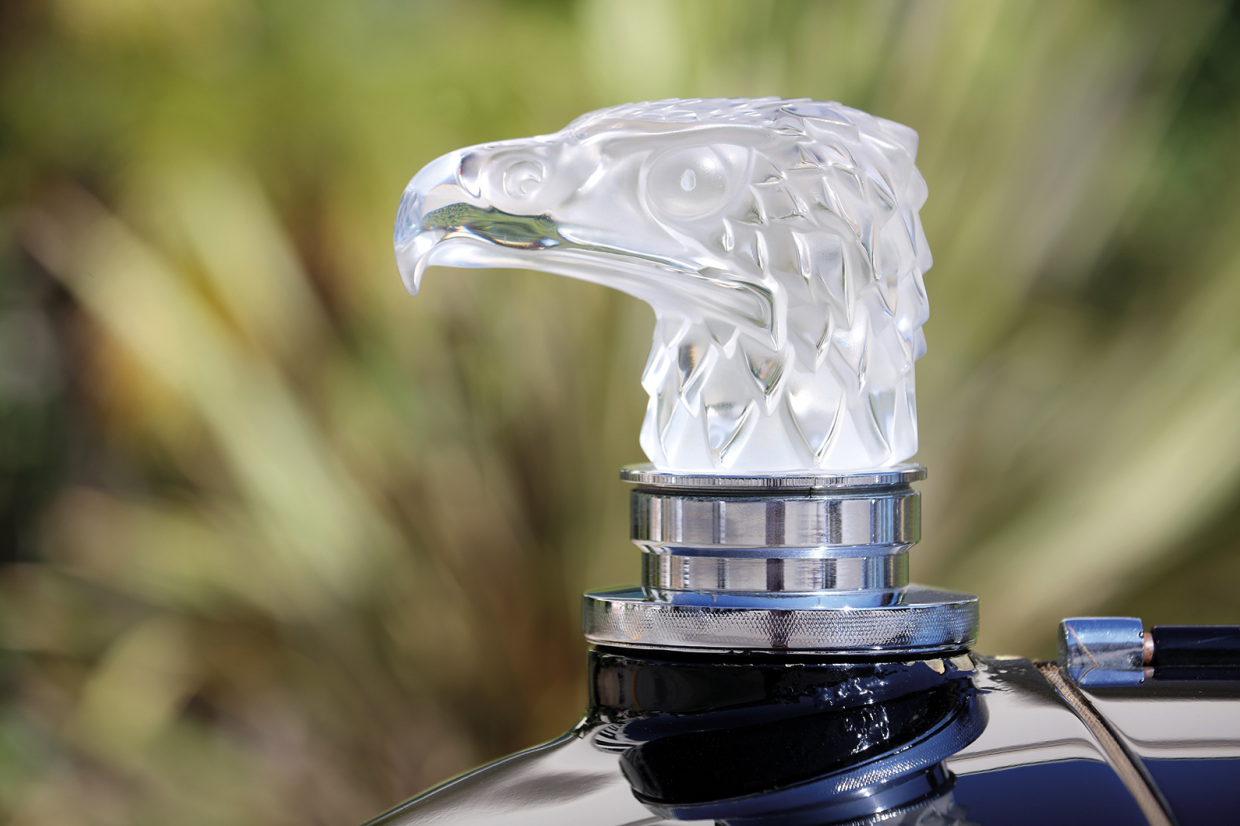
From the outset these cars had an advanced specification including a four-speed gearbox – almost unheard of in America at the time – and pressurised lubrication.
Only the first design, the Model A, was powered by an engine created in-house because within a few years duPont quickly learned that it was better to source power from outside, first with straight-six motors from Herschell-Spillman and then the overhead-valve Wisconsin.
The firm even dabbled with supercharging for the Model E prototype before concluding that extra litres and more pistons was an easier and cheaper route to boosting power.
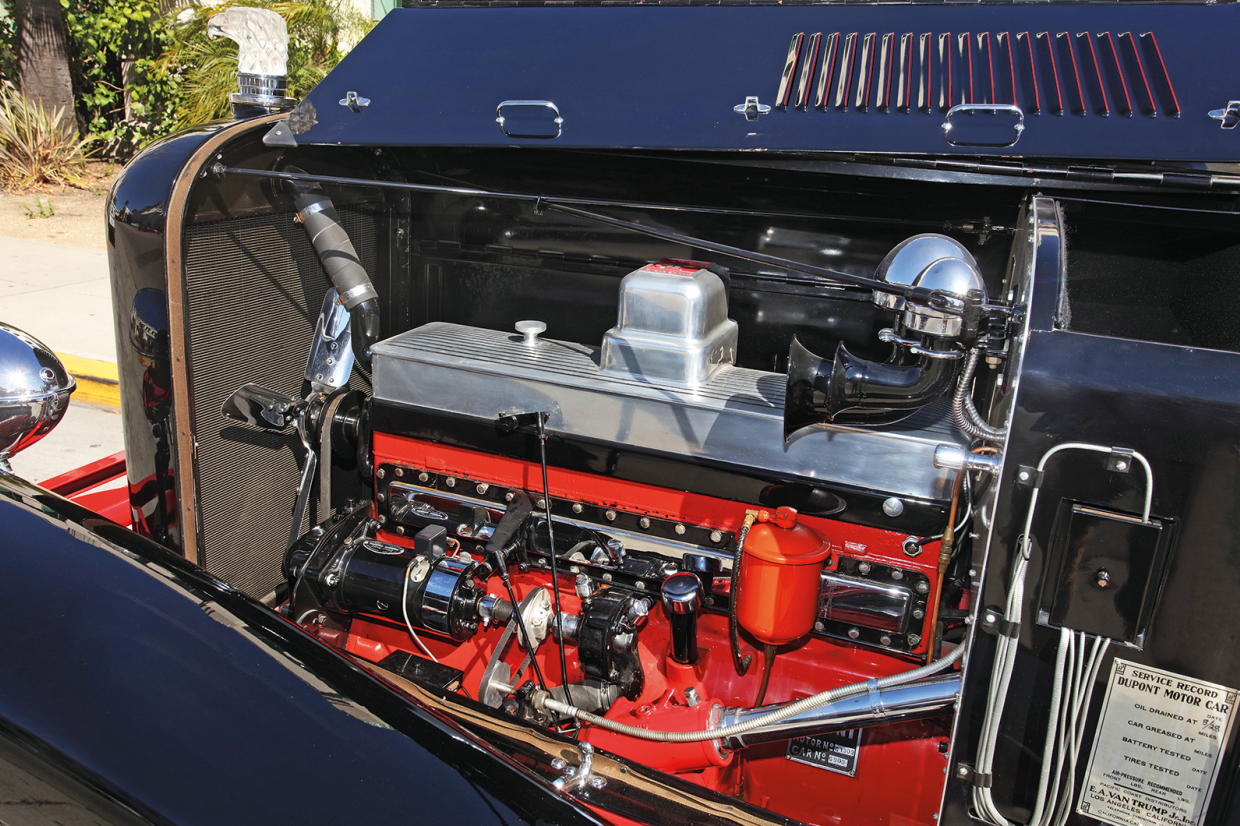
The Model G really put duPont on the map, with its 5.3-litre Continental straight-eight.
Combining that engine with hydraulic brakes and shock absorbers, plus a Warner four-speed constant-mesh gearbox, duPont had a chassis with the quality to match the coachwork by George Briggs Weaver, a new recruit from the Rhode Island School of Design.
From the outset Paul du Pont had insisted on distinctive styling, fronted by a tall, painted radiator shell.
However if a customer requested it be chrome-plated, and many did, he'd reluctantly agree.

The rarest, fastest and most exotic of the range was the Model G Speedster, as shown here, with a 125in-wheelbase chassis and tuned Continental L-head 'eight'.
With a hotter cam, stiffer valve springs, larger ports and RayDay aluminium competition pistons, power was boosted to 140bhp at 3600rpm.
There was even talk of a 6.0:1 aluminium head, but most were dressed up with a branded and polished valve cover to disguise the Continental origins.
New York dealer Alfredo J Miranda Jnr, with a successful sales record in his Park Avenue showroom, advised duPont and encouraged stylist Briggs Weaver to give the new Speedster a bold signature look.
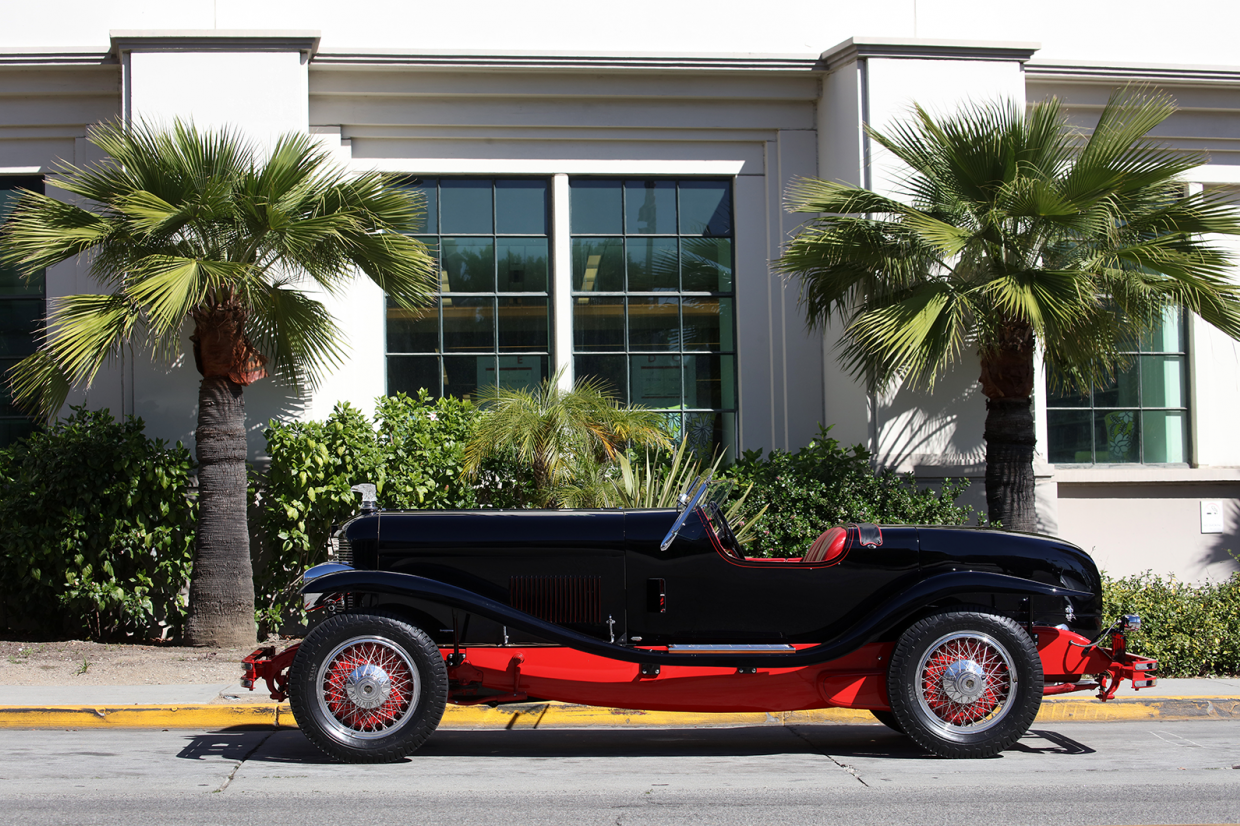
From the barrel-shaped Indy racer-style snout to the pointed, hinged tail and sweeping one-piece, French-style wings it was instantly recognisable as only a duPont.
With Woodlite aviation-style lights and a raked windscreen, the Speedster made its debut at the 1929 New York Auto Show and immediately attracted celebrity customers, with one order requesting a red snakeskin interior.
But the Depression hit hard and just 11 two-seater Speedsters were built. Amazingly, six survive.
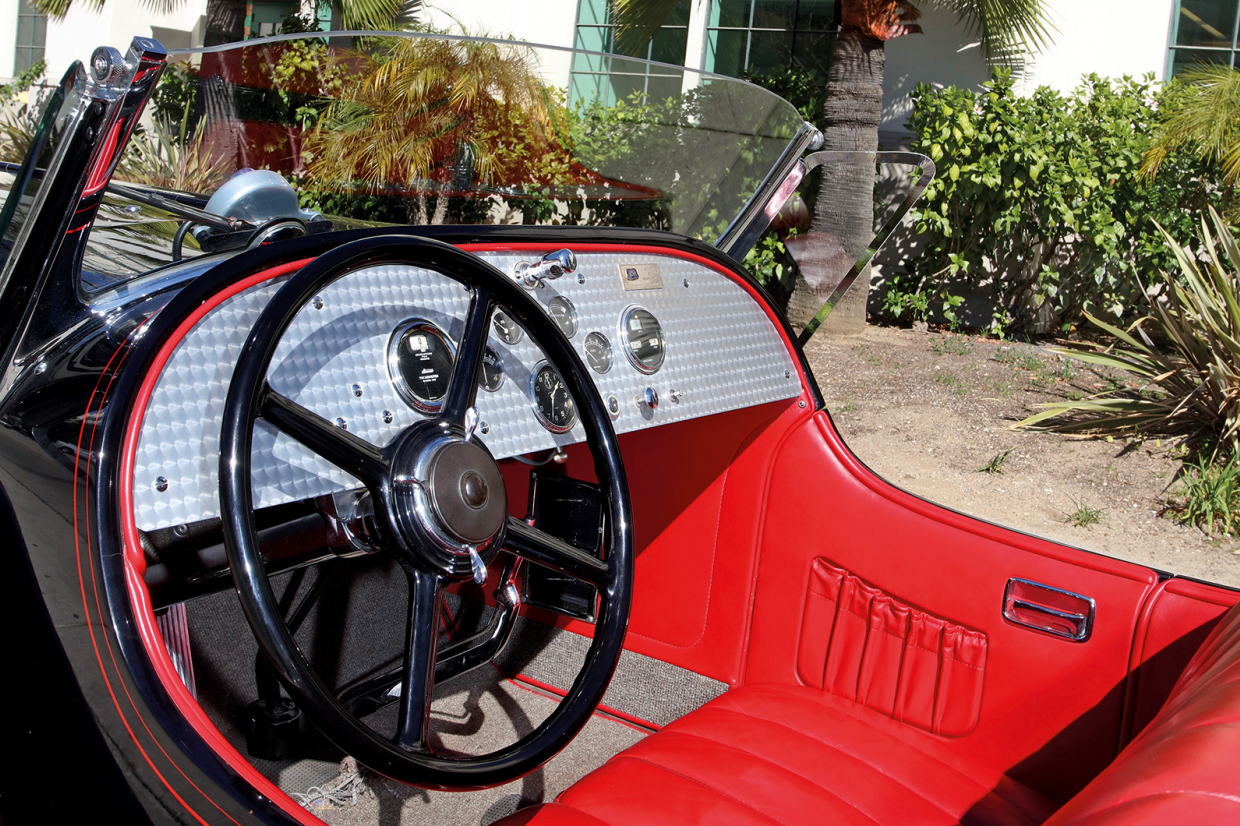
Keen to prove the performance of the new model, Miranda Jnr proposed a venture to Europe for the prestigious Le Mans road race and the first Irish Grand Prix in Dublin.
The regulations for the Gallic 24-hour challenge required four-seater bodywork and duPont gave the go-ahead to Briggs Weaver for two Model G Speedsters, including the 1929 New York show car, to be converted to the required touring style.
The plan was partially thwarted by Canadian-born movie star Mary Pickford, who had secretly approached duPont about buying a Speedster for her second husband, the dashing Douglas Fairbanks.
Best known for his swashbuckling silent-film roles, this early Hollywood superstar was a dream owner for the marque, and the new Speedster gift must have looked fantastic when it was unveiled at Pickfair, the glamorous couple's mansion in Beverly Hills.
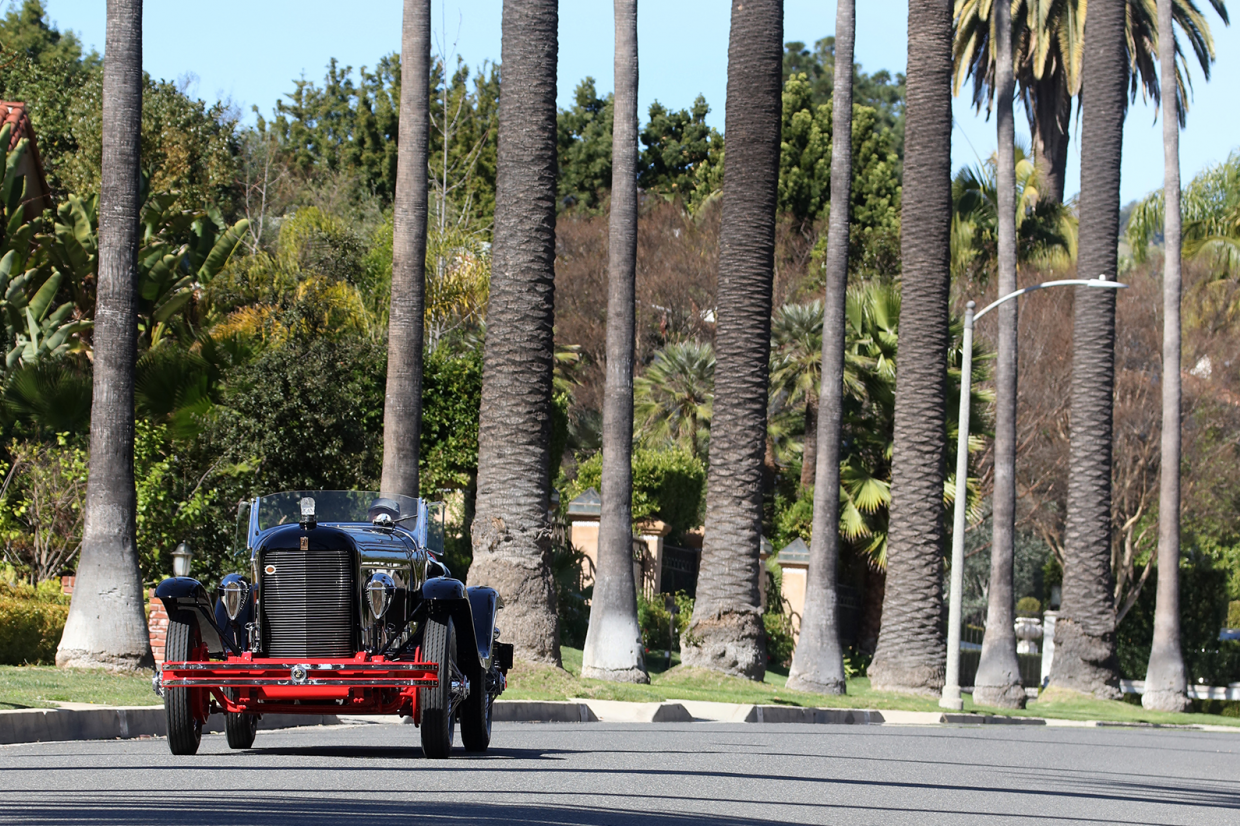
Undeterred by the setback, Briggs Weaver began work on the remaining Le Mans entry, still based on a Speedster chassis.
He designed a special dual-cowl body and, painted American racing white, it featured several purposeful European-style details including Rudge-Whitworth wheels, flared cycle wings, leather bonnet straps and a side-mounted spare wheel.
The distinctive Woodlite lamps were replaced by three more effective road headlights ahead of the painted radiator cowl.
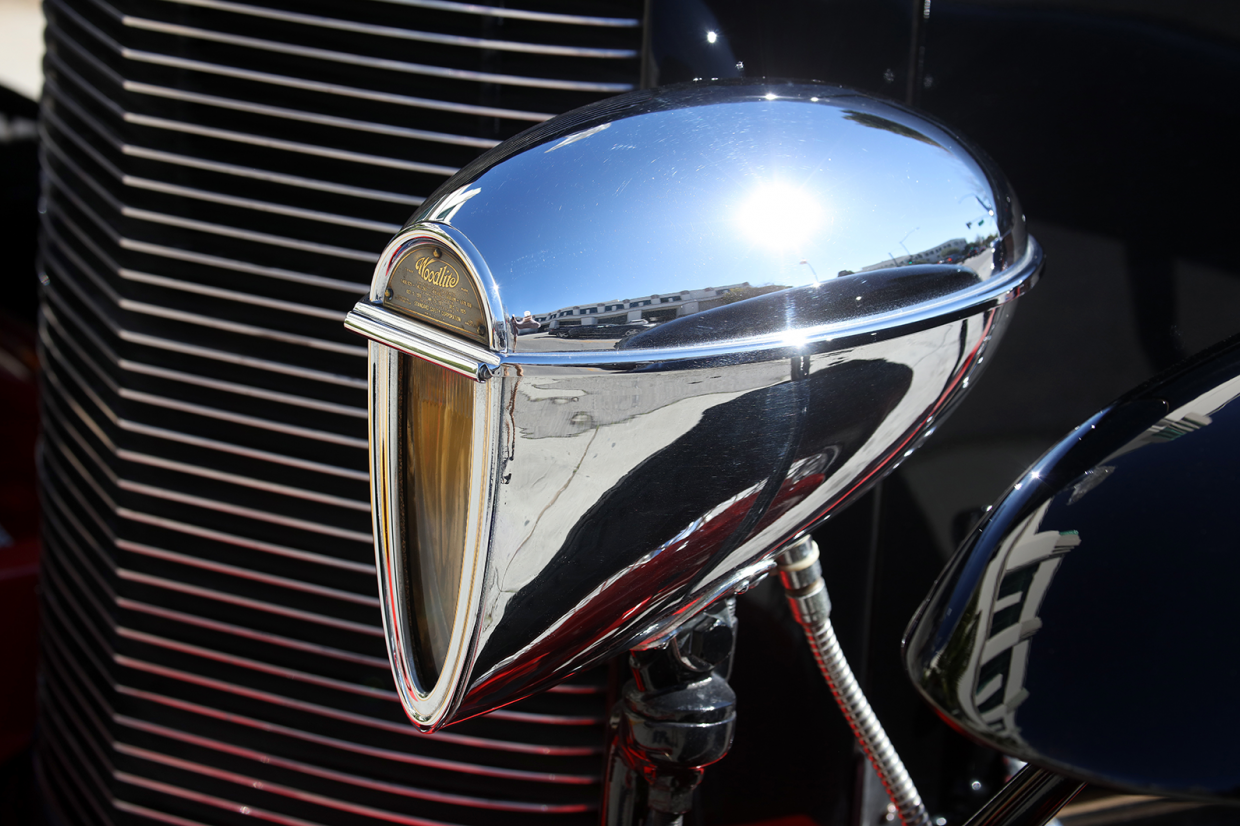
Miranda Jnr enlisted as his co-driver Charles Moran Jnr, a partner in the duPont brokerage firm who'd already competed extensively in Europe including the 1928 Bol d'Or at Baldoux, in which he drove the entire 24 hours solo.
The pairing was the first truly all-American entry, while Stutz and Chrysler enlisted French aces.
Moran Jnr was a tall, softly spoken character who loved cars all his life, and his parking space at the duPont offices was regularly filled with a Bentley, Ferrari or Maserati.
Having started as a clerk, Moran first tested Indian motorcycles but his engineering talents were soon encouraged at duPont.
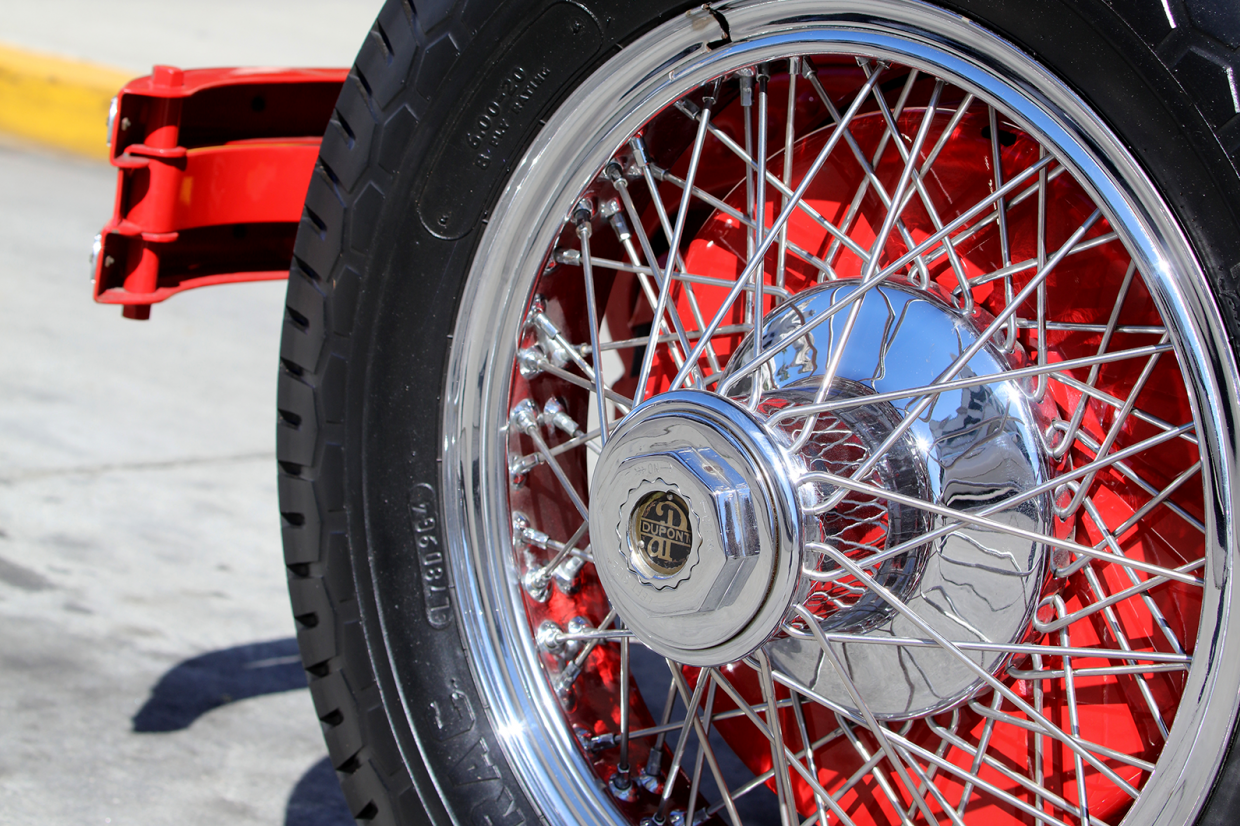
Although he gave up racing in 1932 to focus on a career in finance, Moran returned to Le Mans after WW2, driving a Ferrari 212 in 1951 and a Cunningham C4R coupe in 1953, before becoming a key figure in the Sports Car Club of America.
DuPont's 1929 Le Mans entry was the best prepared of all the American marques, though sadly a second example that had been entered for the Australian distributor, Major Sidney Cotton, was damaged and withdrawn.
The equipe arrived early in France and chief mechanic Allen Carter booked Montlhéry for some pre-race testing.
The 5.3-litre Continental sidevalve straight-eight had been tuned with a special cam and, despite the duPont being no lightweight, weighing in at more than two tonnes, during speed tests on the banking it proved to be fast, confidently pounding around at 100mph.

Feeling positive, the team relocated to Le Mans where the white tourer set a competitive pace against the green Cricklewood favourites.
During the early hours the duPont ran inside the top 10, setting 73mph laps ahead of the Stutz and Chrysler, but on the 20th tour a transmission problem forced its retirement.
In the 1960s Lex du Pont recalled the frustration at Le Mans: "For the race we had to carry a certain weight of ballast, which in our inexperience took the form of sandbags fastened to the floor at the rear.
"The ballast shifted and eventually crashed through the floorboards. This jammed the propshaft and broke the gearbox, which was impossible to repair by the driver with the tools and spares carried in the car.
"It was a courageous and sportsmanlike attempt by two factory-assisted American amateurs in a largely standard car to capture glory for the US at Le Mans."

These trailblazing Americans continued a Le Mans tradition started by Jimmy Murphy's legendary win in the 1921 French Grand Prix.
Unfortunately, the transmission problem couldn't be repaired in time for the Irish GP at Phoenix Park in July and the broken duPont was shipped back to New York.
With the driveline fixed, the Le Mans Speedster was rebuilt as a standard road car and used by Lex du Pont until it was eventually sold. It has long since vanished.
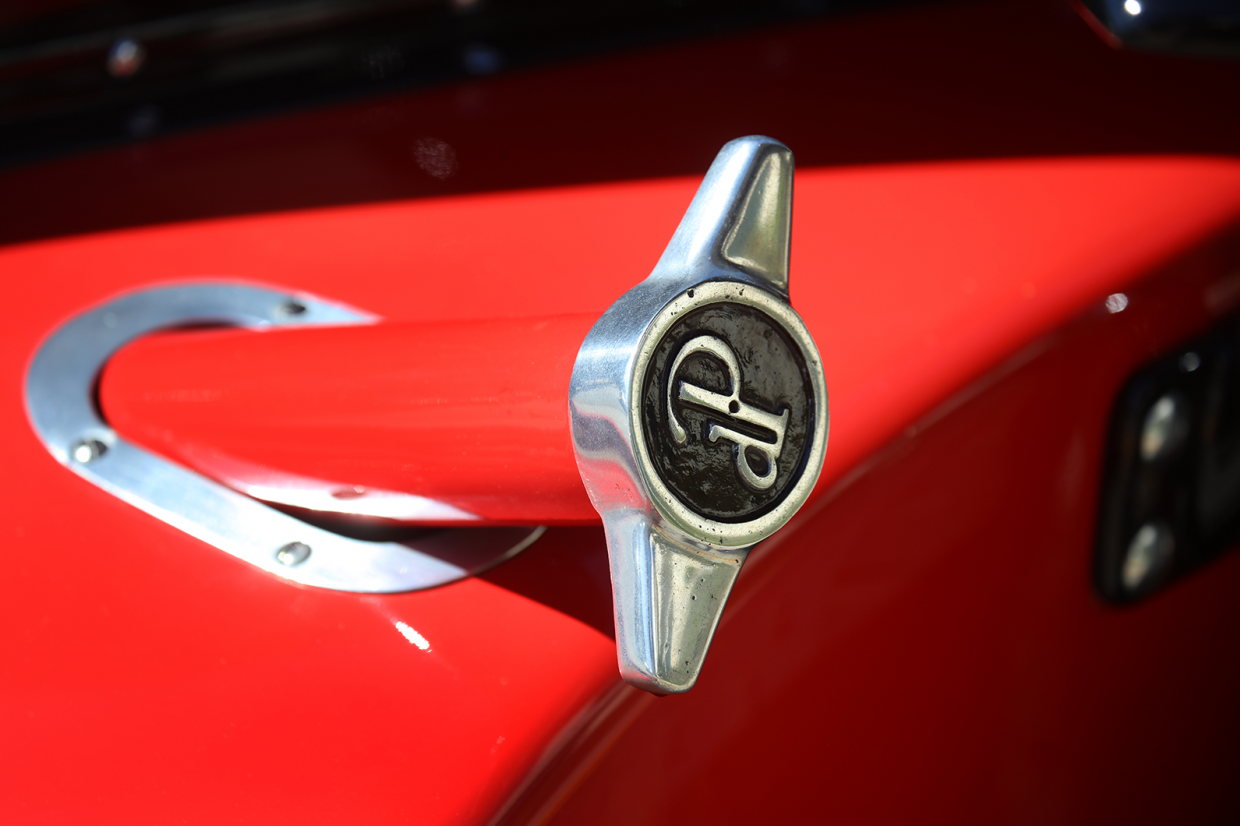
The following year Briggs Weaver started building a special to run in the Indy 500, lured by new regulations known disparagingly as the 'Junk Formula' created by Speedway president Eddie Rickenbacker to lure back passenger-car manufacturers.
A Model A chassis was stiffened and fitted with a tuned Model G engine with larger intake ports, a two-barrel carburettor and mated to a three-speed Borg-Warner gearbox, but even with a lightweight two-seater body the bold Pawpaw Yellow duPont tipped the scales at 3350lb.
Moran Jnr was enlisted as the driver with mechanic George Reed riding shotgun, but the duPont's handling around the Brickyard proved a challenge and at 89.733mph it just managed to qualify for the big race on the seventh row.
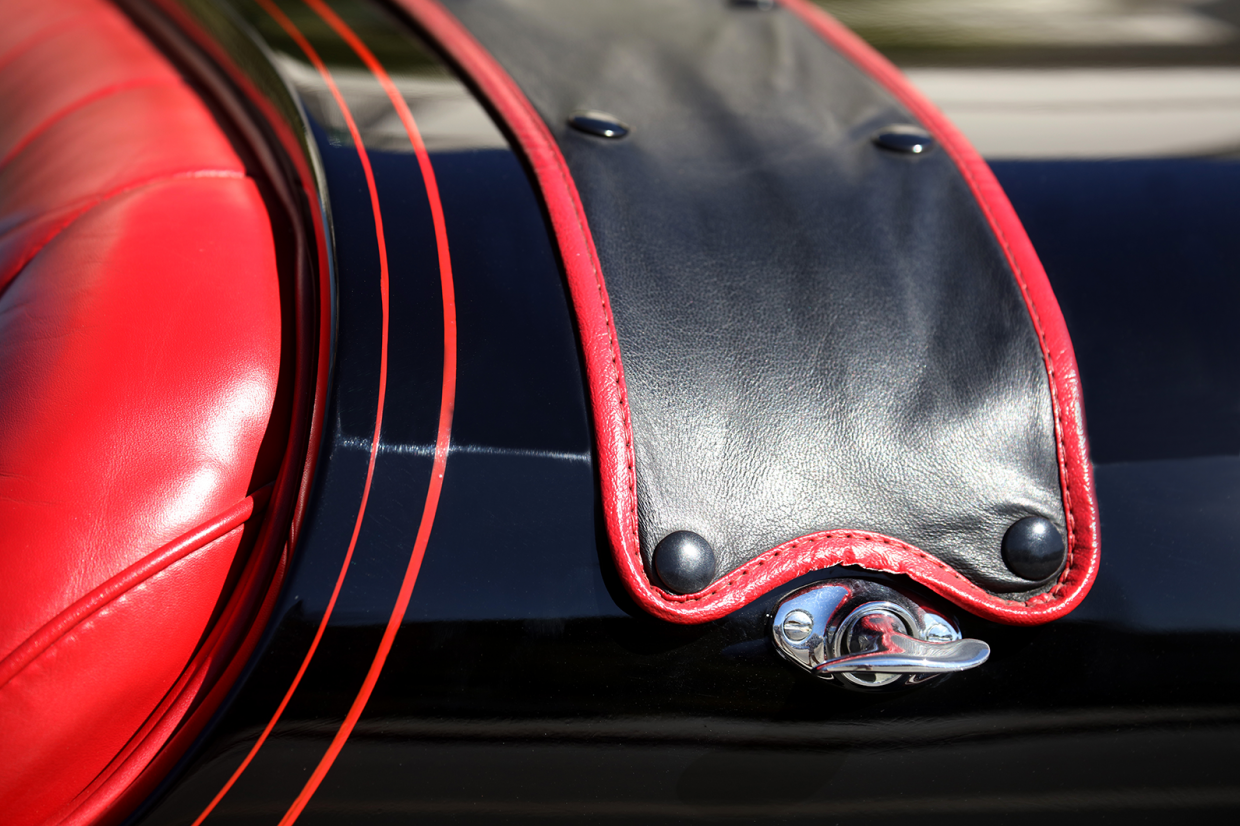
Moran Jnr battled on for 22 laps until he crashed out at Turn Three when avoiding two other racers who'd been caught out by spilled oil.
"The car reared like an angry bronco and hit the guard rail," said Moran. When the wreck was examined at the factory a broken kingpin was discovered, which probably caused the accident.
On its return to the Wilmington works SG1, as the special was known, was rebuilt and modified into a road car.
The Indy racer was sent to the showroom in New York where, fitted with signature Woodlites, a spare wheel and a horn, it was regularly driven on the road by factory service manager Carter.
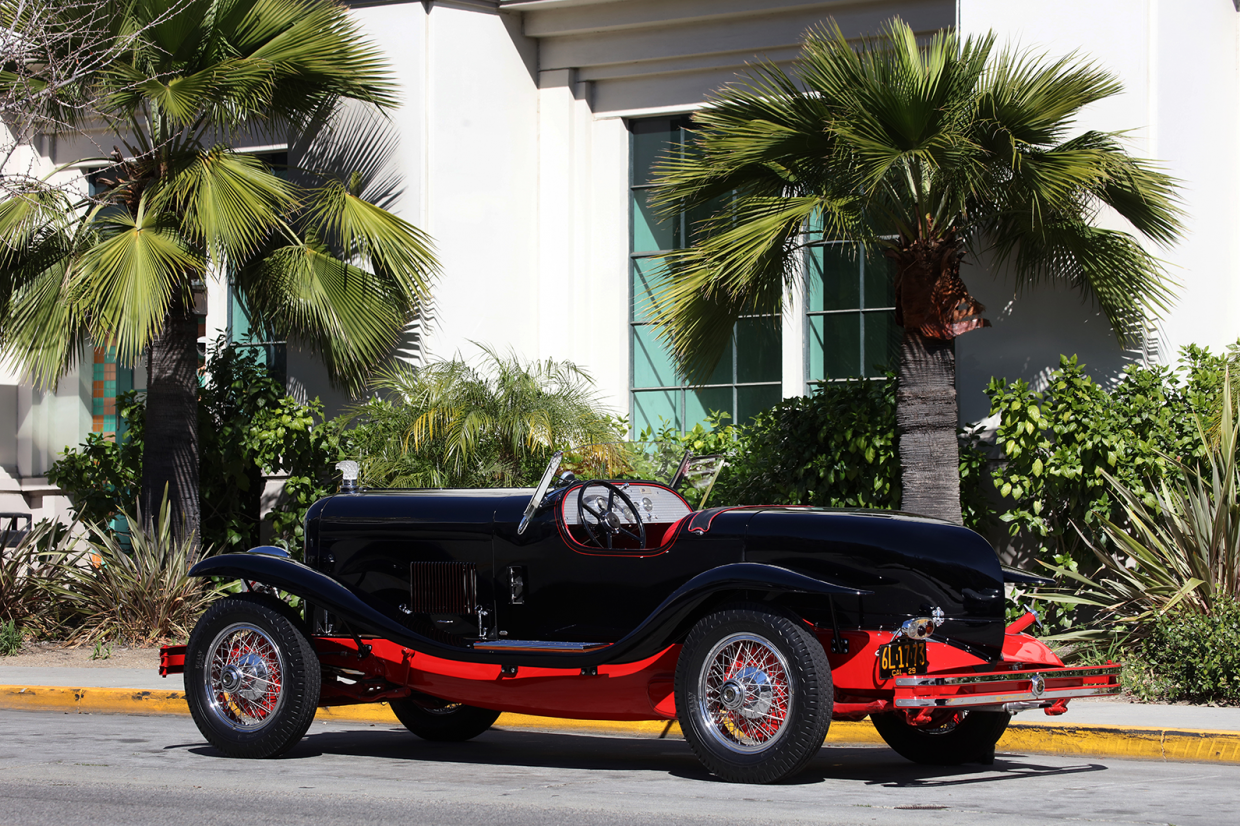
For years the old Speedway star remained with the du Pont family, gathering dust in a Florida garage before it was dug out by the founder's cousin Lammot in 2005 and prepared for historic racing.
The Speedster has been a regular in pre-war groups, from the Pittsburgh Vintage Grand Prix to the Monterey Historics, and was shown at Pebble Beach in 2015.
Of the 273 duPonts produced between July 1928 and January 1932, just 30 survive with many owned by relatives of the family.
In America they have long been sought out by top collectors such as Bill Harrah and Jack Nethercutt.
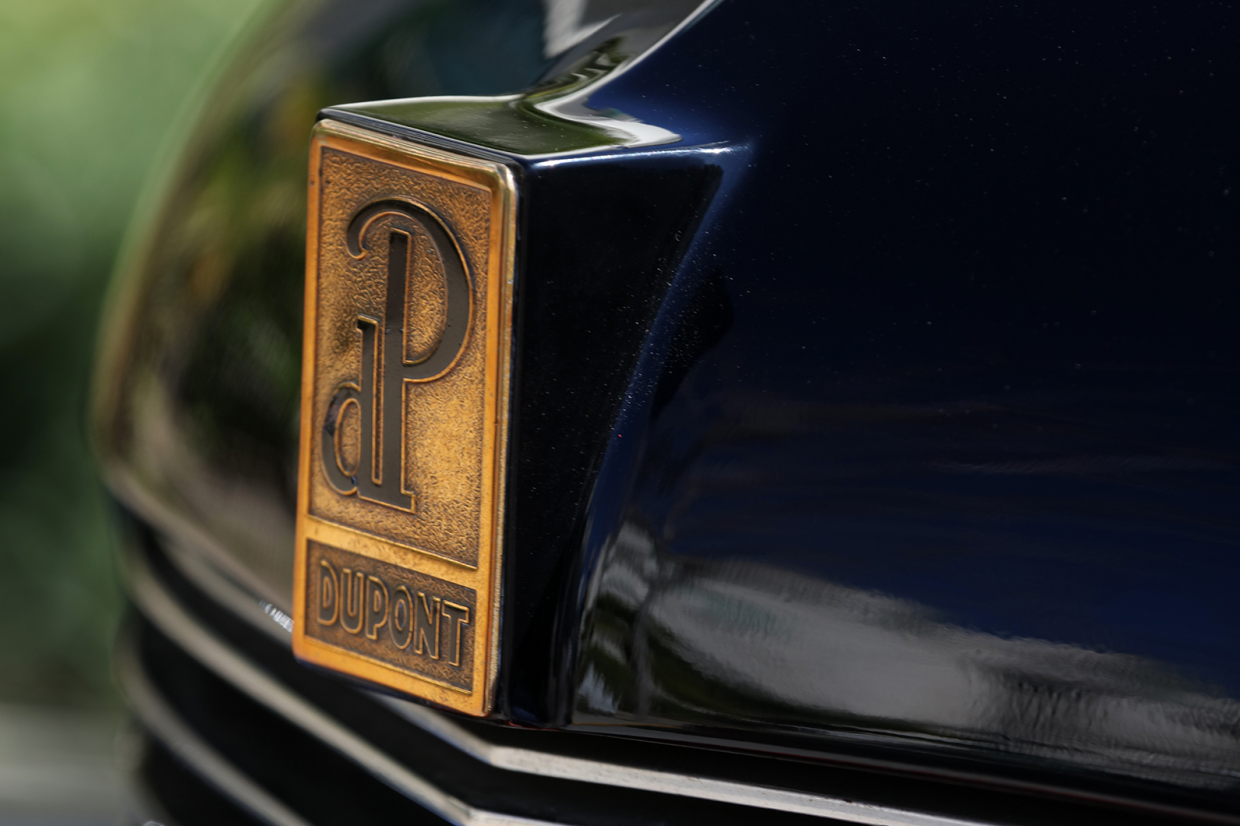
One of the first cars purchased by cosmetics millionaire Nethercutt was a Model G Merrimac-bodied Town Car that he discovered in 1956 on a used-car lot for $500.
After a fastidious 18-month restoration, the duPont won the coveted Pebble Beach Best in Show in 1958.
The spectacular car later appeared in the 1982 movie musical Annie in the garage of billionaire character Oliver Warbucks.
The remarkable sports car collection of Fred Simeone in Philadelphia features two duPonts, a two-seater Model G Speedster and the only surviving Model G Le Mans Speedster. Like all of his cars, they are marvellously preserved.
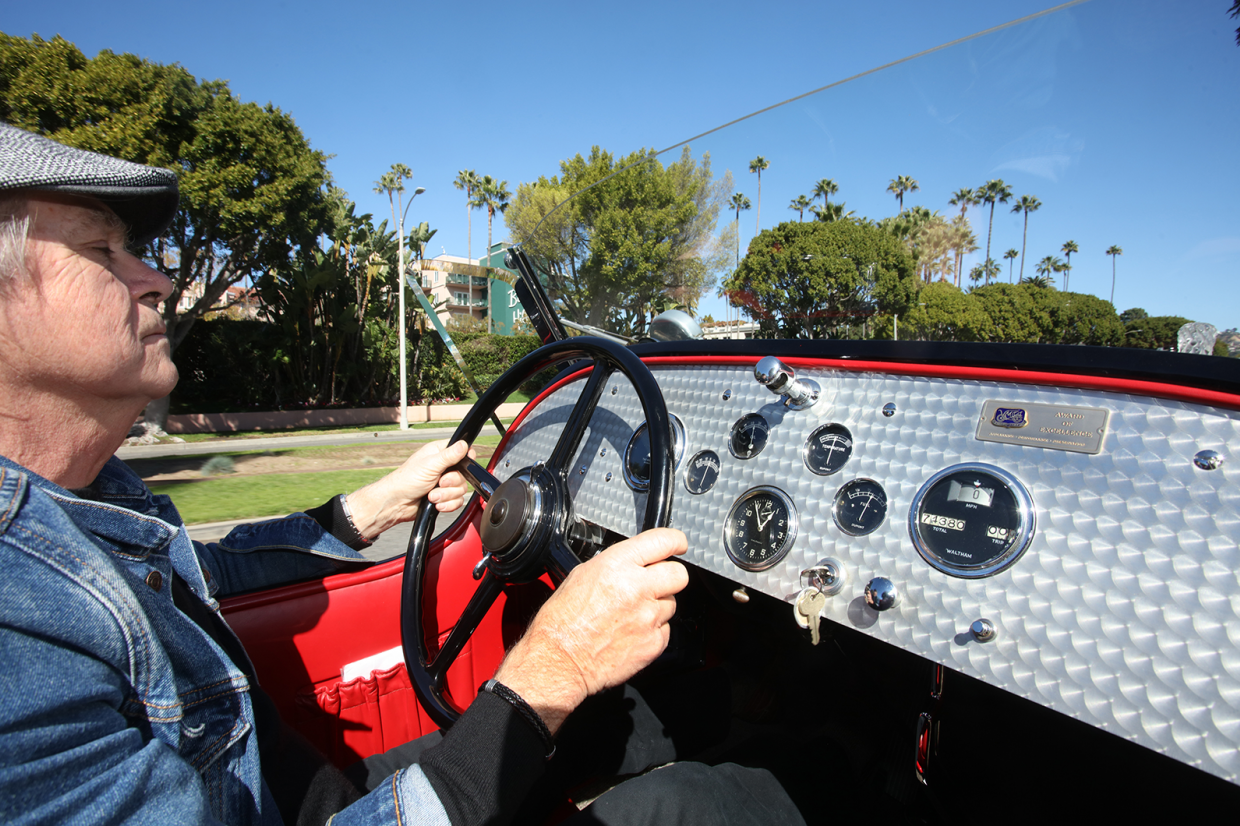
The two-seater was delivered new to Stafford Lambert, a brave aviator who flew stunts with Charles Lindbergh, dated Elizabeth Taylor and went shooting with President Eisenhower.
Painted 'Bon Soir Grey', the same colour as Fairbanks Jnr's duPont, the Speedster has had just three owners including Michael and Dorothy Rumsey, who toured extensively to places such as Pikes Peak and New Mexico.
After her husband's passing in 1974, Dorothy continued to drive the prized duPont with verve all over America – but what else would you expect from a brave woman who flew Mustangs during the Second World War and continued to pilot her Cessna into her 80s?
"I've grown up with this wagon," she explained to duPont historian Stan Smith. "It's in top mechanical shape but is no show doll. On a long trip it'll whip all those fancy concours jobs."

From a Mercer Raceabout to a Shelby Cobra Daytona, Simeone has vast experience with great American sports cars, so it says a lot for the duPont that he has two in his collection.
"The acceleration is pretty good and the Continental engine feels powerful," he says of the Speedster.
"It has a similar feel to a Bentley Speed Six, but is not as quick. The brakes are strong and the solid-axle suspension rides well.
"It's obvious duPont was looking for quality and, as the build sheets show, it basically extracted the best combination for its wealthy customers from proprietary manufacturers of brakes, transmissions and engines. It has a sporting feel which was unequalled in America after Stutz stopped making performance cars. Only the arrival of the Auburn Speedster matched its excitement."
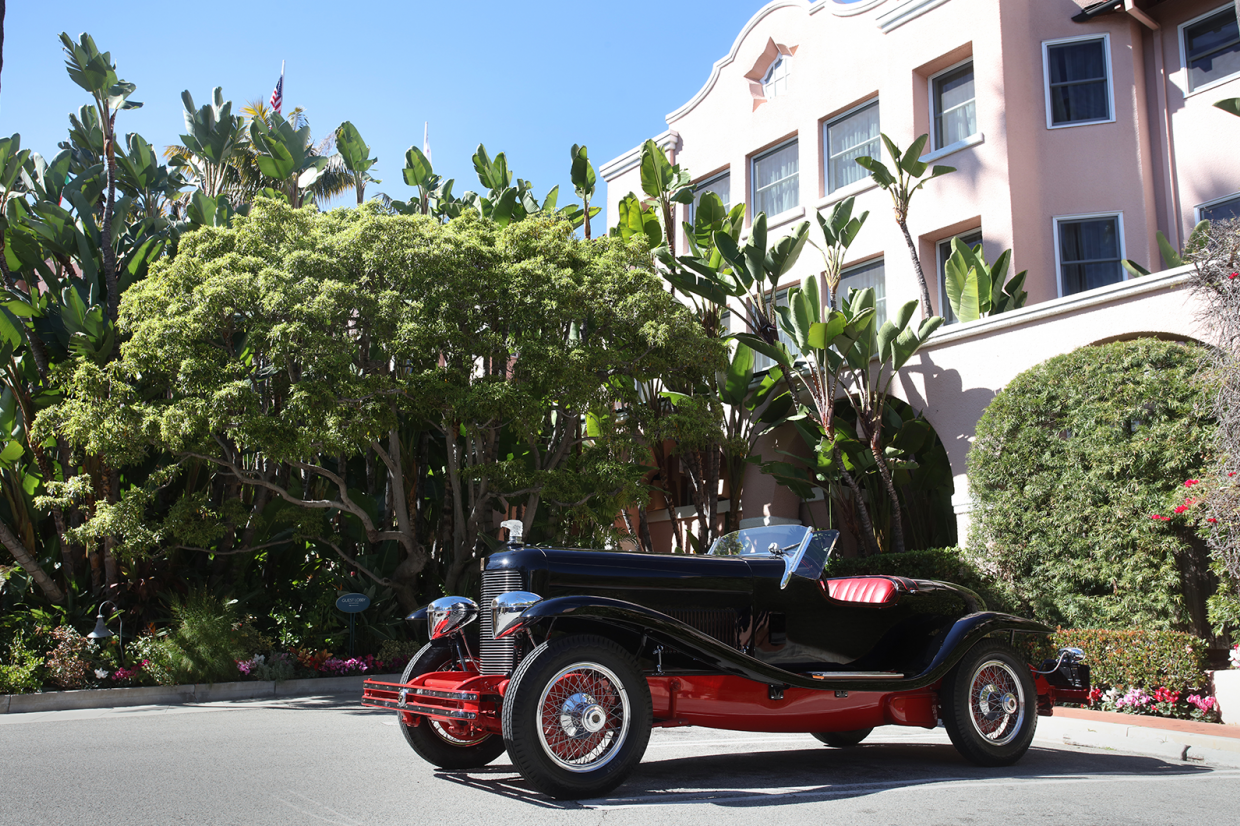
The car featured here is just such a duPont Model G Speedster, delivered new in 1929 to Los Angeles with a hefty price-tag of $5335.
The car remained unrestored until the late 1980s, when it was acquired by Robert E Petersen, the publishing legend and founder of the Petersen Automotive Museum.
The duPont was fully restored before display, but since the museum's impressive revamp in 2015 it has been stored in the basement as part of the amazing reserve collection.
With an aluminium body built by the Merrimac Body Company in Massachusetts, the design features the distinctive high-flowing wings and painted radiator cowl.
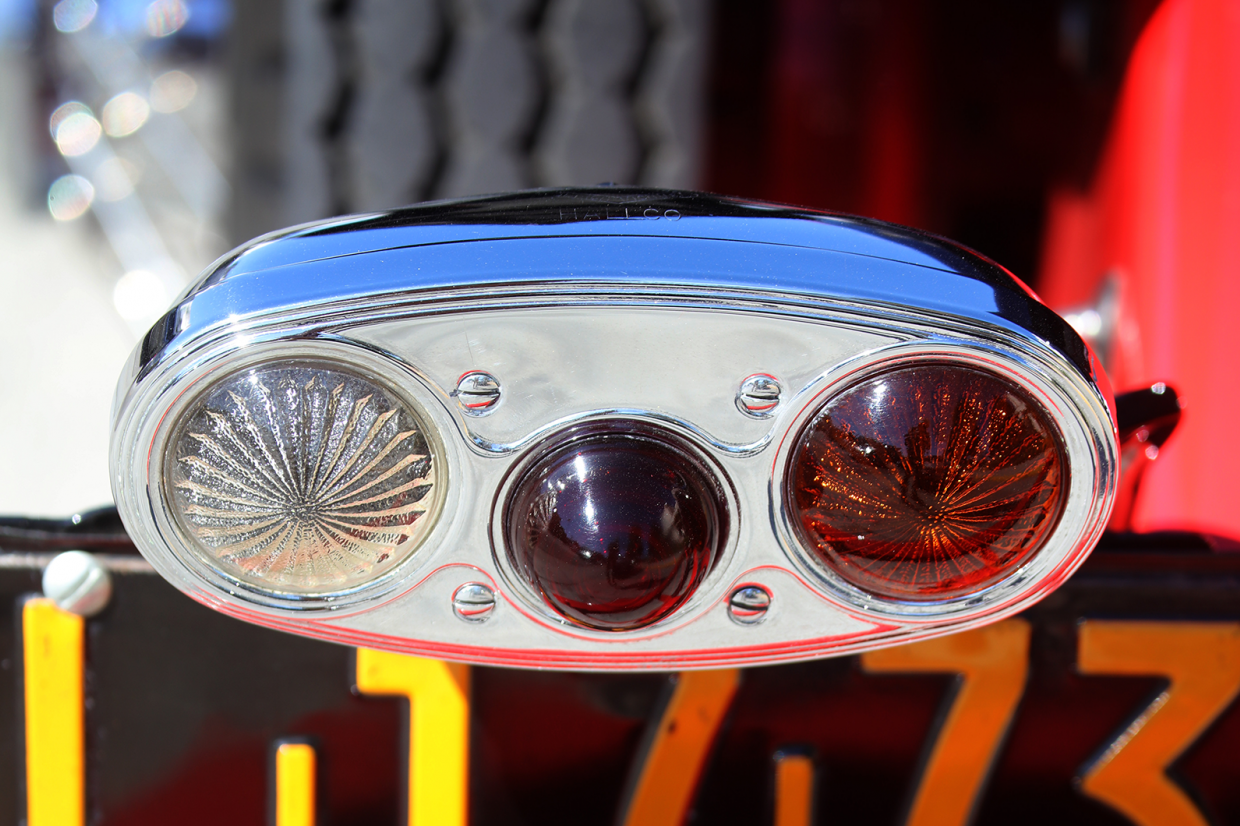
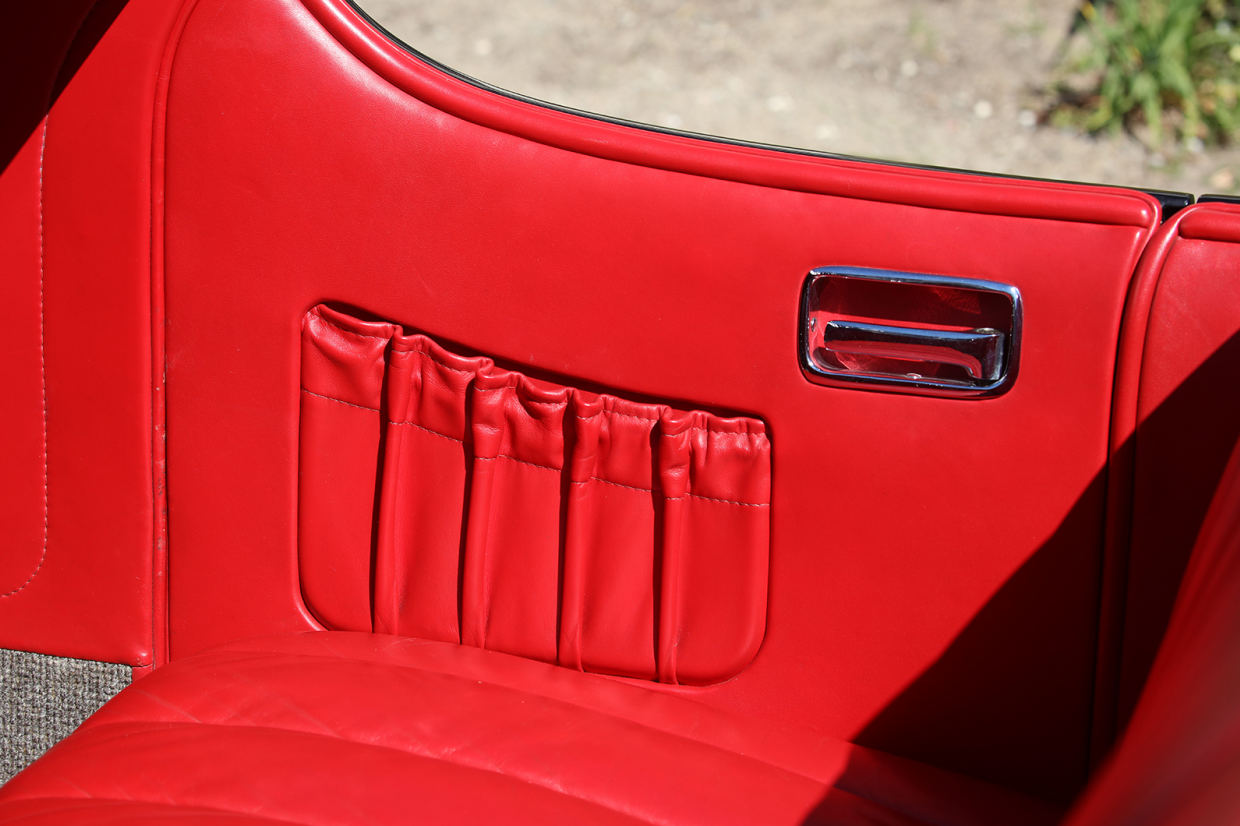
To see any duPont at a concours or in a museum is a treat but to witness a Speedster out on the streets of Los Angeles, following in the wheelstracks of Fairbanks, is extraordinary.
Yet the Petersen's conservator Dana Williamson is happy to exercise the duPont along Wilshire Boulevard.
With its lofty cockpit there are grand views all round, which is useful when mixing with impatient LA traffic.
The Speedster would be the perfect transport to tour the city's famous Art Deco architecture, but there's no point in trying to find the Fairbanks' Pickfair mansion up on San Ysidro Canyon because it was controversially demolished in 1990.
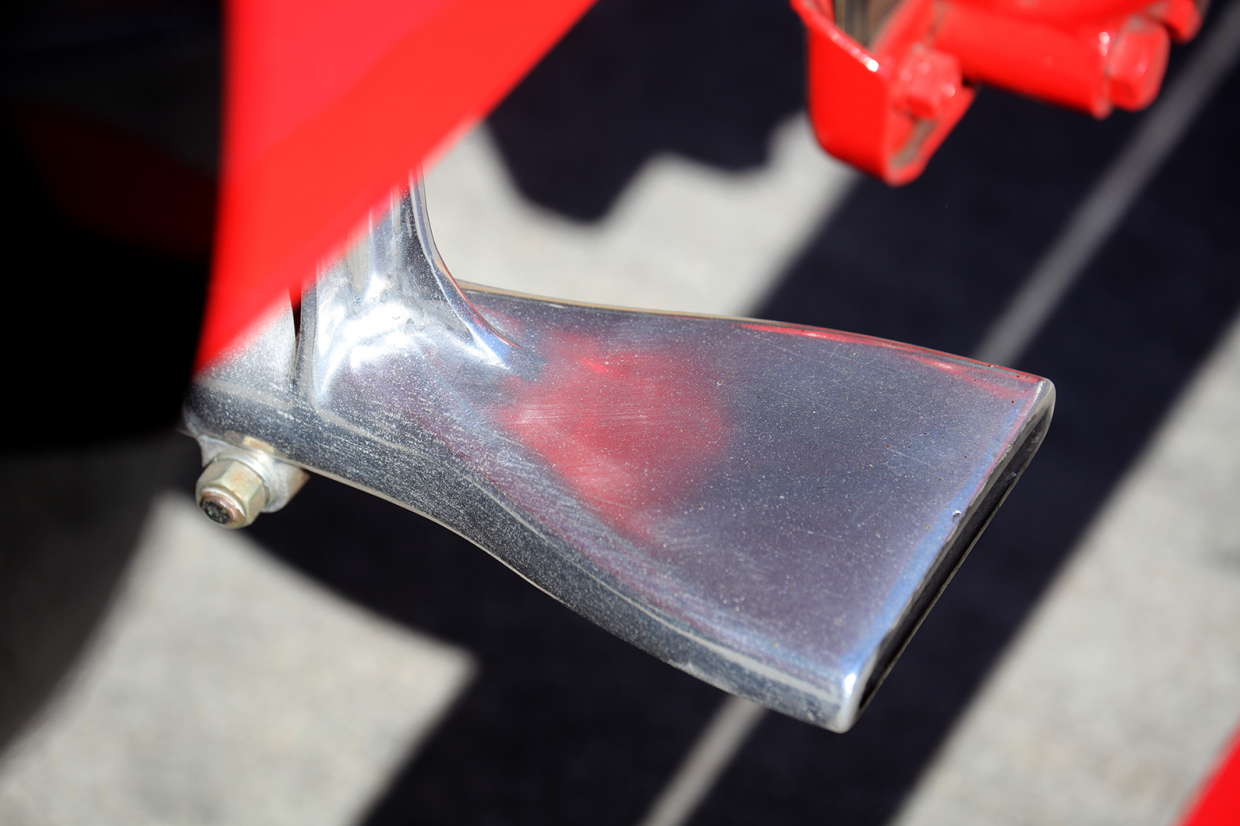
Despite the car's near two-ton heft, the beefy sidevalve straight-eight has a gutsy delivery and it is capable of reaching 60mph from rest in 16 secs, with a 100mph top speed
The Warner Hi-Flex four-speed gearbox will downchange cleanly without double-declutching, but the firm ride feels vintage over potholes and drain covers.
The Ross cam-and-lever steering has an enormous turning circle, but the quick ratio with 3½ turns from lock to lock takes muscle.
In contrast, the light, strong Lockheed hydraulic brakes are a revelation for a vintage machine.

![]()
Mick Walsh
Mick Walsh is Classic & Sports Car's International Editor
Black Vintage Model T Speedster Race Car
Source: https://classicandsportscar.com/features/forgotten-allure-dupont-model-g-speedster
0 Response to "Black Vintage Model T Speedster Race Car"
Post a Comment